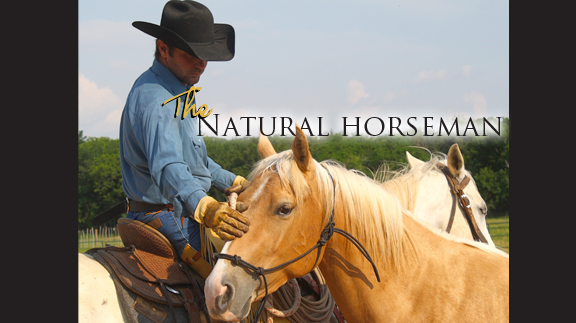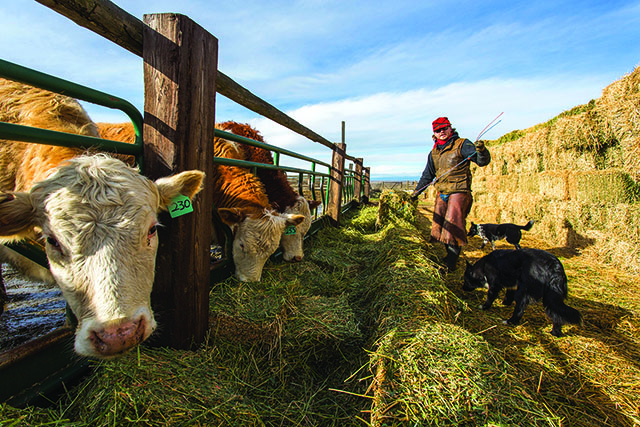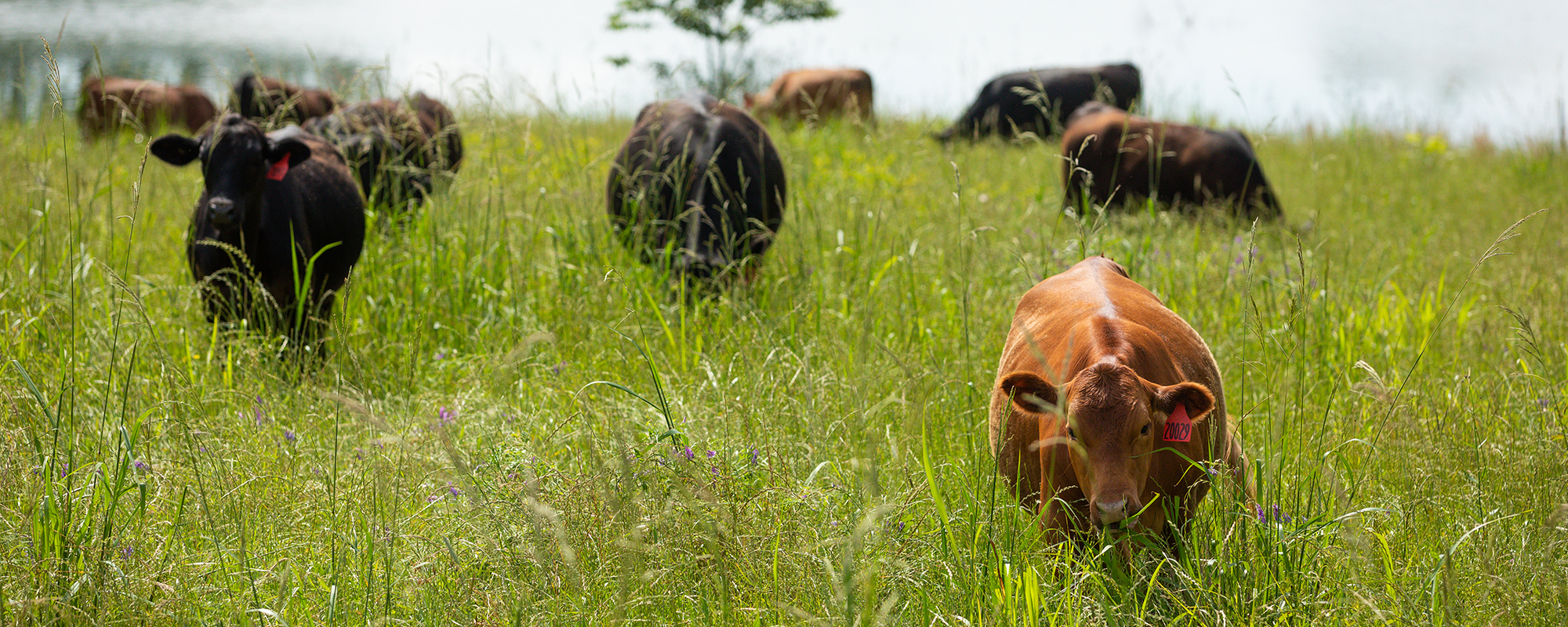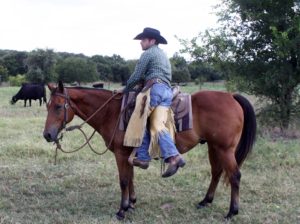HOME
How horses help us become better people – Part Three

By Steve Stevens
Allowing the horse to teach you optimal awareness
To me one of my main goals in life is to live in the moment and appreciate every challenge and opportunity—taking in life to its core—feeling, living and breathing in every second and every beat. How do they say it—smelling the roses. Enjoying every tasty bite of food, seeing a sparkle in your loved ones eyes or just the way your child smells. Most of us can only do this occasionally at best. We might be in the moment for a beat and dragged back by a ring of our cell phone, the thought of our next Facebook post or just worrying about what’s for dinner. Well, another gift the horse gives us is the ability to teach us to work on our awareness—living in the moment and becoming one with ourselves and nature.
I rode bucking horses professionally. A very dangerous occupation, you are one hundred percent in charge of your well being. Sure, there may be pick up men there to help. Other cowboys might give you advice on the best way to ride your draw, but at the end of the day you are responsible for the outcome. There are a lot of moving pieces at the rodeo and sometimes getting on your bucking horse is the safest part of it. When I would get ready to ride, these were things I became aware of before I got down on my bronc and nodded my head: double check my tack, especially my saddle. I made sure everything was in good working order, no tears or loose screws. I made sure I took in the whole arena. Were there any rough spots, hard patches of dirt, and low spots on the fence a horse might try to jump?
Was there a tight corner or anything sticking out that could impale you? Before you climb on your horses, you want to make sure the flank man was ready and there was someone to push your horse’s head out of the chute. Before you nodded your head you needed to make sure the last bronc was out of the arena and all gates were shut. One time I had made a great ride and my horse ran into a gate leading to the bull pen that wasn’t latched correctly and before I knew it, I was in a pen full of bucking bulls on top of a bucking horse. I somehow grabbed onto a rail and survived. My point is that we have to become aware of these things to put life in our favor. I have probably gotten on over a thousand bucking horses, so I have had a lot of practice working on my awareness and senses. It is amazing when you truly know the amount of danger you can be in how aware you will become. I don’t think awareness is an innate ability.
I think it is something practiced and learned. Most people, when they are around or riding horses, don’t think or don’t want to believe how dangerous it is. I am here to tell you that horses can be about as dangerous as it gets, especially if you don’t have awareness. The good part about horses is if you don’t work on your awareness, sooner or later they will show you that you need to work on that category. Unfortunately that lesson usually comes with doctor or vet bills. I may sound paranoid at first but with a little practice, paranoia becomes relaxed awareness. When we are working horses, not only do we need to be in the moment, but we need to look ahead for potential deterrents. So here are a few basic things to work on Awareness 101: How is my horse feeling? Is my horse relaxed, calm and paying attention and sound? If not, we need to get them there before moving on. How are you feeling? Is our equipment solid?
What are our surroundings? How are the people around your horses acting? Is the horse paying attention? If not, position yourself in a situation that gives you more time to prepare if something goes wrong for them. Are all gates closed? These are just a few things. I know that all sounds like a lot, but with practice you can do all these things in just a moment.
Here are some things I want you to practice.
- When riding with other people listen to their horses’ foot steps, breath and them. Without looking, try to feel and listen how close they are.
- Before you get on your horse, survey the situation and make sure everything seems safe.
- Once you are on, look around the area and see what obstacles may provide difficulty for you and your horse.
- Sometimes because of nerves or just being talkative when we get on our horses we talk a lot. It is important to talk less and listen more. (I can guarantee most injuries happened when somebody is being too social and totally unaware of the moment and future.)
- Always look up where you are going. Looking ahead and planning for the future. Most importantly, I beg of you to show yourself and your horse the respect you deserve and don’t text while riding.
Just like driving, it can be a recipe for disaster. You both deserve to respect the moment more. If we can practice these things on a horse we can practice them in our daily life. Being in the moment, preparing ahead and having awareness of all our situations is important. The world seems to be sadly pretty chaotic these days and sometimes our awareness might be the only thing to keep us safe. You will find these practices will also keep you more in the moment and give you the ability to enjoy each of those moments more. Remember to give your horses hugs today and thank them for the gifts they give you.
HOME
Farm and Ranch Injuries

By Barry Whitworth, DVM
In January, I attended the Oklahoma Veterinary Conference. While waiting for one of the sessions to start, a classmate of mine commented how many of the attendees walk with a limp, used a cane, and/or have damaged hands. We all agreed that working with animals is hard on the body. In general, anything associated with farming and ranching is dangerous.
Most farmers and ranchers know that agriculture is a dangerous occupation. According to United States Bureau of Statistics, workers involved in agriculture, forestry, and fishing had the highest occupational fatality rate in 2022. The fatality rate of 23.5 per 100,000 full-time equivalent (FTE) workers for this group is much higher when compared to the overall occupation fatality rate of 3.7 per 100,000 FTE. Most of the agriculture-related fatalities are associated with transportation, such as tractor overturns, and vehicle crashes, but a fair number involve livestock.
To read more, pick up a copy of the March issue of NTFR magazine. To subscribe by mail, call 940-872-5922.
HOME
Jesses Jewelz

By Jesse Kader
Comfy and keep it western. That’s the name of the game this month. It’s hot and who wants clingy clothing? This jumpsuit is perfectly comfortable and relaxed without forfeiting the fashion. Dress it up or keep it casual. See this and more at www.jessesjewelz.com.
HOME
Noble Research Institute Expands New Program Offering Farmers and Ranchers the Essentials of Regenerative Ranch Management

The educational program has been expanded to three new locations, empowering ranchers and farmers to monitor and improve the health of their land, livestock and livelihood through regenerative principles.
ARDMORE, OK–September 12, 2023 – Noble Research Institute announced the expansion of Essentials of Regenerative Ranching, a new educational program designed to help ranchers enhance and restore the land, making it more resilient and reaching livestock grazing goals through regenerative management. Essentials of Regenerative Ranching provides producers with practical tools, hands-on experience and guidance to make data-driven decisions to decrease costs and improve profit.
The Essentials of Regenerative Ranching course has been expanded to three new locations in Texas and Oklahoma. Registration is open now at www.noble.org/essentials. Seating is limited, so early registration is recommended.
Texas A&M
College Station, Texas
October 17 – 18
O.D. Butler, Jr. Animal Science Complex
Noble Research Institute
Ardmore, Oklahoma
October 31 – November 1
Pavilion Center
Texas A&M
Kingsville, Texas
November 7-8
Caesar Kleberg Wildlife Center
“Program participants gain working knowledge and experience of monitoring and improving the health of their soil, grazing livestock more strategically and making informed financial decisions,” said Hugh Aljoe, Noble Research Institute’s director of ranches, outreach and partnerships. “We use a mix of classroom and field work to send producers home with the tools they need to begin making changes on their ranch.”
Farmers and ranchers navigate uncertainty from weather, fluctuating market prices and escalating costs of inputs. Many producers are seeking new tools that offer greater control and reduce their operational uncertainty. Through this course, ranchers and farmers will calculate their financial situations, determine initial stocking rates, carrying capacity and grazing goals.
“The course is well-suited for ranchers of all experience levels and all types and sizes of operations,” Aljoe added. “No matter your situation, this program will transform the way you think about your ranch.”
The Essentials of Regenerative Ranching program allows producers to overcome obstacles, become more informed problem-solvers and increase the productivity of their grazing lands. By participating in this program, ranchers join a community of like-minded producers who are shaping the future of ranching and leaving a lasting impact on their land and families. “If I had known what I learned in this course when I started my regenerative journey, I could have avoided some key mistakes,” said Tana McCarter, a rancher, and Essentials attendee. “I left with the tools I needed to monitor my soil health and financial progress. I’ll now have the right data to make informed decisions on how to meet my regenerative goals.”
Noble Research Institute is an independent nonprofit agricultural research organization dedicated to guiding farmers and ranchers in applying regenerative principles that yield healthier soil, more productive grazing land, and business success.
At Noble, researchers, facilitators and ranch staff work together to share with farmers and ranchers the skills and tools to regenerate the land in a profitable manner. Noble is focused on the regenerative management of the nation’s grazing acres, which directly impacts pasture and range environments, wildlife, pecan production, and livestock production. Regenerative management recognizes that each decision made on the ranch impacts the interactions of the soil, plants, water, animals, economics and people. Noble’s 14,000 acres of working ranch lands provide a living laboratory on which to demonstrate and practice regenerative principles and ideas to deliver value to farmers and ranchers across the U.S.
-

 Country Lifestyles1 year ago
Country Lifestyles1 year agoScott & Stacey Schumacher: A Growth Mindset
-

 Equine7 months ago
Equine7 months agoThe Will to Win
-

 Country Lifestyles7 years ago
Country Lifestyles7 years agoStyle Your Profile – What your style cowboy hat says about you and new trends in 2017
-

 Country Lifestyles4 years ago
Country Lifestyles4 years agoAmber Crawford, Breakaway Roper
-

 HOME7 years ago
HOME7 years agoGrazing North Texas – Wilman Lovegrass
-

 Country Lifestyles7 years ago
Country Lifestyles7 years agoDecember 2016 Profile, Rusty Riddle – The Riddle Way
-

 Country Lifestyles8 years ago
Country Lifestyles8 years agoJune 2016 Profile – The man behind the mic: Bob Tallman
-

 Country Lifestyles8 years ago
Country Lifestyles8 years agoCowboy Culture with Clay Reid – Being a Man







